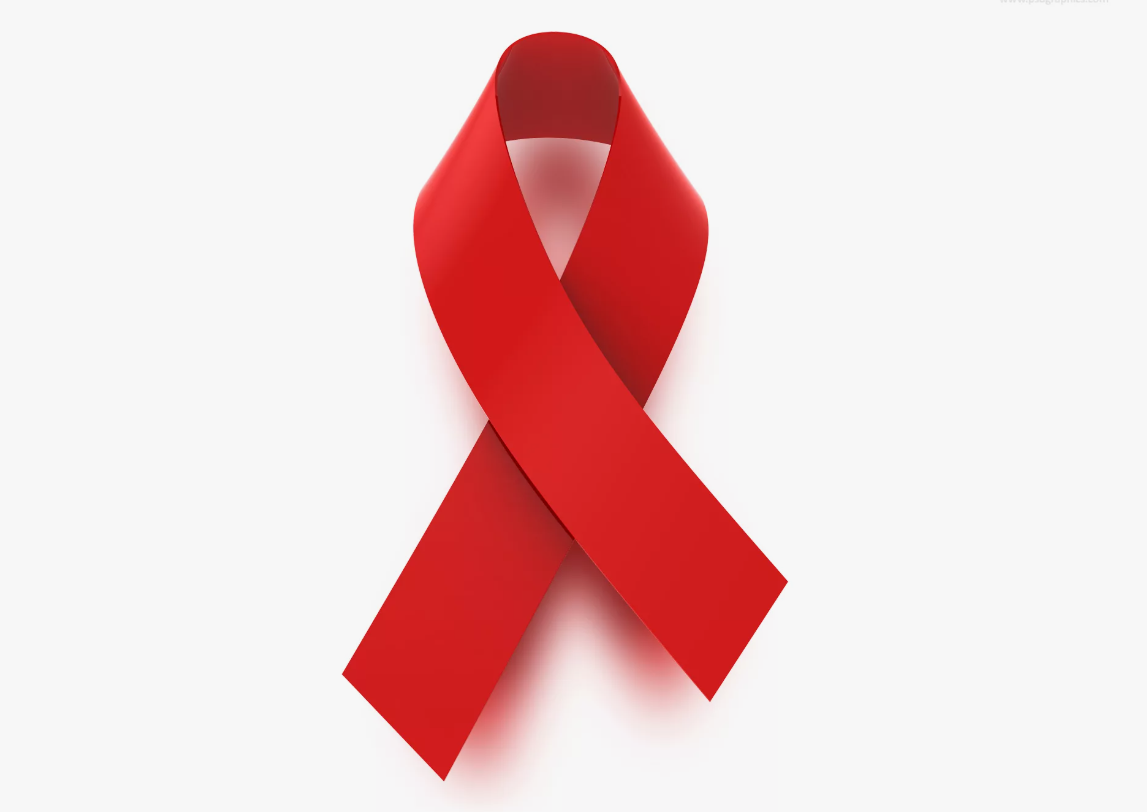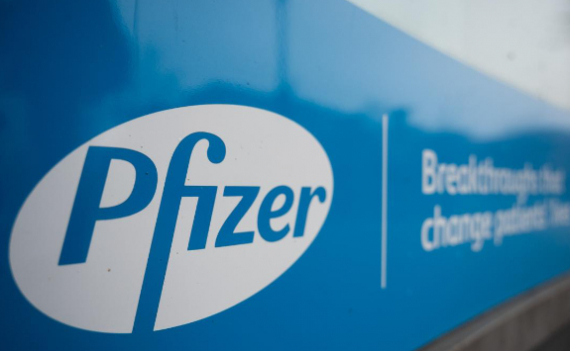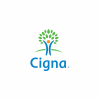AIDS Day

World AIDS Day was first observed in 1988 and is held every year on December 1st. This day is focused on increasing global awareness about the AIDS pandemic, which is driven by the spread of HIV, and to honor the lives lost to the disease. Since 1981, approximately 40 million people worldwide have lost their lives to AIDS, and approximately 37 million people are currently living with HIV. This makes AIDS one of the most significant public health challenges in recorded history. Despite recent advancements in treatment, the AIDS epidemic still claims an estimated two million lives each year, with more than 250,000 of these deaths occurring among children.
About the holiday
Brief History
The World Health Organization (WHO) established World AIDS Day in 1988, making it the first global health day. The goal was to draw attention to the growing HIV/AIDS crisis. This day serves as a platform to raise awareness, reduce stigma, and foster global solidarity in the fight against the disease.
Over the years, World AIDS Day has focused on themes that promote education, prevention, and universal access to treatment and care. Each year, a specific theme is chosen to address ongoing challenges and advancements in HIV/AIDS awareness and response.
How It’s Celebrated
The International Day Against AIDS is commemorated through a diverse array of events and initiatives across the globe, encompassing candlelight vigils, remembrance services, and educational programmes. Health organisations, advocacy groups, and government bodies collaborate in organising rallies, public awareness campaigns, and fundraising initiatives aimed at promoting HIV prevention, screening, and treatment.
The red ribbon, emblematic of AIDS awareness, serves as a visible symbol of solidarity with those impacted by the disease. Schools and workspaces may host seminars or distribute educational resources. Additionally, social media platforms play a pivotal role in disseminating information and challenging the stigma associated with HIV.
 World AIDS Day
World AIDS Day
Interesting Facts
- Global impact: Since the beginning of the epidemic, more than 40 million people worldwide have died from AIDS-related illnesses.
- Progress in treatment: Antiretroviral therapy (ART) has helped transform HIV from a fatal disease to a manageable chronic condition.
- Global initiatives: The UN's 90-90-90 target aims for 90% of people living with HIV to be diagnosed, 90% of those diagnosed to receive treatment, and 90% of those treated to have undetectable viral loads by 2020.
- HIV prevention: Pre-exposure prophylaxis (PrEP) is a breakthrough in HIV prevention, reducing the risk of contracting the virus.
- Stigma remains: Despite significant advances, many individuals with HIV continue to face discrimination, hindering access to care and support.
Were born on 1 December
On this day, we join together to raise awareness, honor the memory of those we have lost, and provide support to those living with HIV. By educating ourselves and others, we can help combat stigma and ensure better access to care and treatment.









































